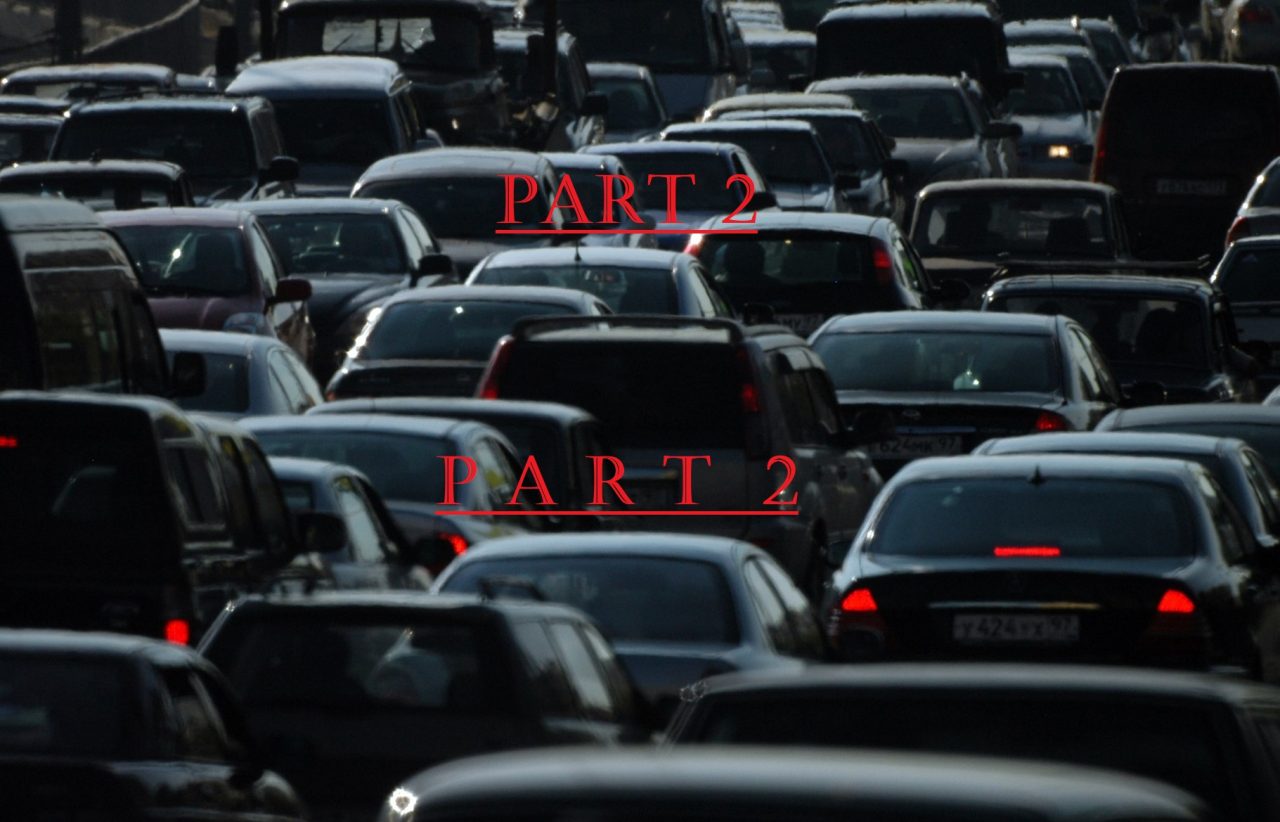Read The EV Hurricane Disaster: a 1-sided scenario, Part 1 on ScenarioPlans.com (also DelphiPlan.com). The EV disaster article analyzes a viral email that talks about how horrible it will be when a hurricane is storming into a population center and the electric vehicles are all stuck on the road with no possibility for charging.
PART 2 of this discussion is from SustainZine: The EV Hurricane Disaster: a 1-sided scenario, part 2. (Repeated here for convenience.)
The unauthored and undated email makes the implied conclusion that we shouldn’t go to EVs because they could be problematic in a disaster, stuck in a mass exodus from a hurricane with dying batteries and no place to charge.
There are at least three scenarios for analysis in that ScenarioPlans article (part 1). One is related to disaster planning related to EVs. Two is related to insisting on comparisons with “business as usual” comparisons so the non-sustainable and broken business models do not somehow become the gold standard. Three is combating bias and taking away the power from misinformation.
It would be interesting to work through the scenario of a future with mostly EVs. That may be at best 30 years from now because of the time to turn over the existing internal combustion (ICE) fleet of vehicles. The average age of cars on road is currently 11 years. In 2022 there will probably be only 5% new electric. It will take decades, under any EV adoption rate for EVs to overtake ICE machines.
You first have to envision what the infrastructure will be in the future. (This, as we currently are building lots of large gas stations for gas and diesel, phasing out the small gas stations.) It would be reasonable to assume that all gas stations would start to add in charging stations in a few years.
But with millions of people and businesses having charging stations, there should be no reason that those charging locations could not be incorporated to the charging grid options. If the businesses and homes had solar (and battery backup) the resilience could be impressive. With solar and wind, many areas could have plenty of electricity for personal and commercial EV use indefinitely. No oil tankers needed.
I’m thinking of kind of an Air B&B for charging, maybe and Air Charge & Go (Air C&G). Any superstore or parking lot with charging stations could offer to charge (pun intended) the mass exodus of EVs.
Of course, we might be trying to find a solution to a problem that does not exist. In 30 years, the batteries and the charging technology will be much better. So, it may only take 5 to 10 minutes to charge (say 70%), not that much longer than it takes a car to get gas. And transporting gas around during disasters has its own set of problems.
About 8% to 10% of the world’s economy is embedded directly and indirectly in energy, most of which is fossil fuels. All this money funds countries that are ruthless and unfriendly to us, as well as companies that have generally demonstrated a disregard for people, society, and the environment. Plus, fossil fuels are unsustainable. Period. Somehow, we have come to think of the broken business model of fossil fuels as “normal”. If it is not sustainable, then “business as usual” is not a viable option, yet in scenario planning, you should probably consider fossil fuels the “base case”. Shell has been a leader in scenario planning, including the energy future (check out Scenarios and The Energy Future from Shell).
Recession has winners and losers, destructive innovation. An energy revolution will have winners and losers. There will be lots and lots of good paying jobs (in hydro, wind and solar). But there will be ongoing pain to the fossil fuel economy. Workers in mines and on rigs will have to transition. Investors will lose money as oil companies go out of business. Governments will have to pick up the expenses of hundreds of years of mines, pipes, refineries, and tanks. Orphaned wells are already a huge problem; many, if not most, are leaking or will leak in the future.
Of course, fear and uncertainty is actually the point of many of the misinformation initiatives. Imagine what happens to Russia, Saudi Arabia and oil companies when (not if) we get off of our addition to oil. Russia could no longer do as much mischief around the world when the major source of government funding (oil exports) dries up. Iran’s funding for nuclear weapons and terrorism would dry up… etc…
So, when a one-sided meme or email comes flittering across your screen that trashes a renewable, ask them where is the other half of the discussion. No one would send out only one side of a discussion or a one-sided debate. And certainly no one would want to perpetuate one-sided propaganda? Right? !:-)
#ScenarioPlans #BrokenBaseCase #Sustainability #EVs #100RE

DelphiMan
This is two parts. Connected topic and theme.